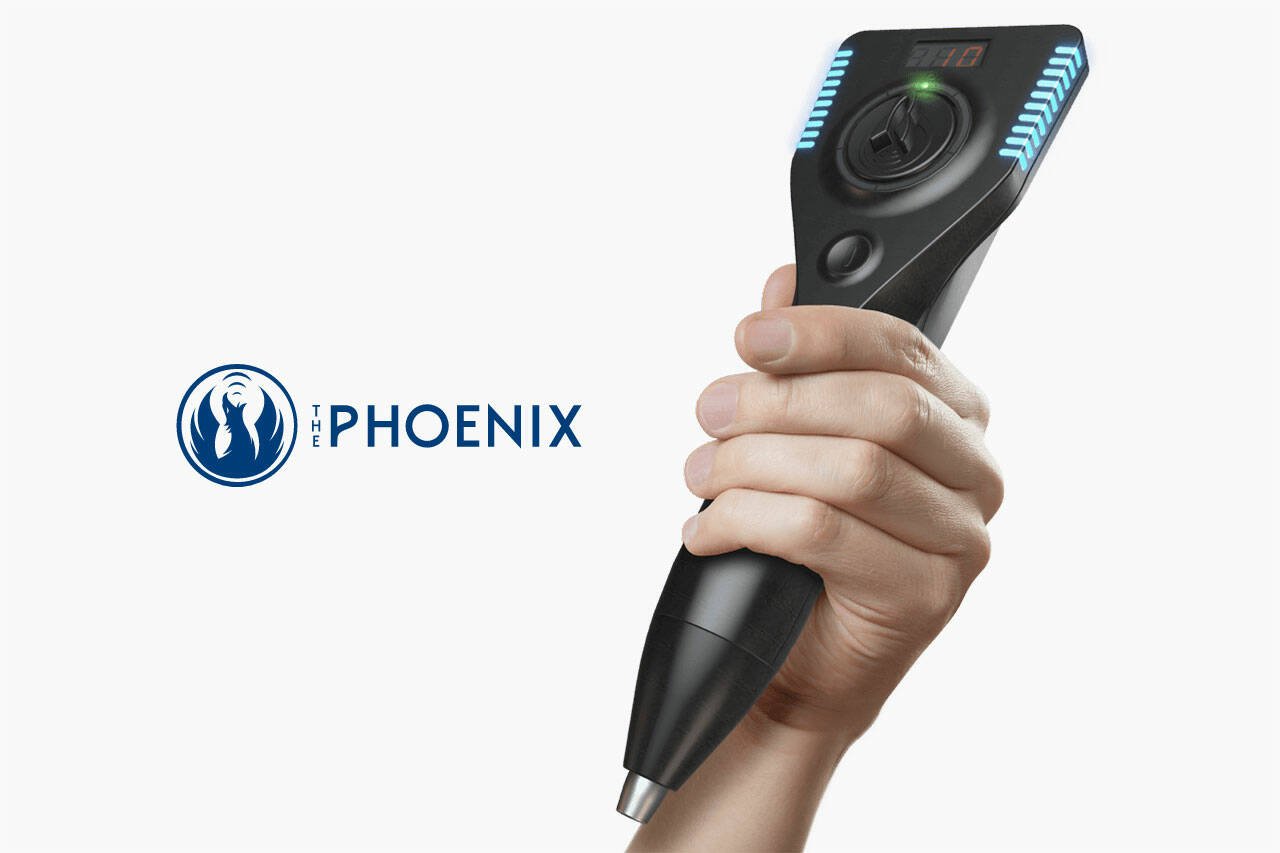
Hormone Pellet Therapy
BIOIDENTICAL HORMONE REPLACEMENT THERAPY
Hormones - such as estrogen and testosterone - play an essential role in keeping our bodies functioning optimally. But as men and women age, hormone production decreases, leading to symptoms and health issues we normally associate with growing older, such as low sex drive, reduced bone density, and belly fat.
The good news is that Bioidentical Hormone Replacement Therapy (BHRT) can give you renewed vitality and overall wellness by optimizing your hormone levels. Identical on a molecular level to the hormones that naturally occur in the body, BHRT can be a safe and powerful tool in treating menopausal and andropausal symptoms and preventing disease.
Depending on their symptoms and priorities, women may require supplementation with some or all of the following hormones: estradiol, progesterone, testosterone, and DHEA. Men may require testosterone and DHEA. Kass Precision Medicine is well-versed in various delivery options for hormone replacement, including transdermal creams, oral hormones, patches, pellets, and vaginal rings. Each patient’s risk factors, lifestyle, and preferences may dictate the most appropriate protocol. If a patient chooses to explore hormone replacement, Dr. Kass takes extensive time explaining hormone literature, including the risks, benefits, and misconceptions.
HORMONE PELLET THERAPY - NO MESSY CREAMS, NO PAINFUL INJECTIONS, JUST STEADY DELIVERY
Dr. Kass helps patients explore all options to determine if pellet therapy is the right approach. BHRT via pellet implantation might be a great option, in particular, for women who have had a hysterectomy, for men who have struggled to optimize levels with cream or injections, and for anyone who has experienced unpleasant side effects from other forms of hormone replacement therapy or just wants the convenience.
Kass Precision Medicine is one of the select few clinics that offers bioidentical hormones via pellet implantation. While BHRT has been approved and available in the U.S. since the 1930s, technology now exists that allows certified practitioners like Dr. Kass to place time-release pellets of bioidentical hormones under the skin to conveniently deliver healthy hormone levels directly into the tissue.
Small pellets, containing estrogen or testosterone, are custom compounded by a pharmacist under sterile conditions. After numbing the area, Dr. Kass makes a tiny incision and inserts the pellet - slightly larger than a grain of rice - subdermally, usually in the lower flank or buttock. Bioidentical hormones are slowly released and absorbed into the system at a constant rate for three to six months. There is nothing to remove afterward - the pellet, consisting of only bioidentical hormone, completely dissolves.
When contemplating hormone replacement therapy, seek out a healthcare practitioner who is an expert in the scientific literature on safe hormone replacement protocols. Dr. Kass and her team have extensive training and experience in all the safe methods of BHRT delivery. Before treatment, we take the time to evaluate the risks and benefits of hormone replacement with every patient, explaining safe and less-than-safe methods of delivery. Done correctly, hormone replacement can prevent osteoporosis, decrease the risk of dementia, protect your cardiovascular system, and improve your quality of life.

Kass Precision Medicine’s COMPREHENSIVE APPROACH TO WELLNESS
For hormone therapy to work optimally, patients should shore up their foundation, using Kass Precision Medicine’s Pillars of Functional Wellness as a guide. The five pillars are healthy gut function, emotional well-being, reduced toxin exposure, balanced hormones, and physical activity. The Pillars of Functional Wellness create a sustainable strategy for long-term health.
Pellets are only one tool to address menopausal symptoms in women or low testosterone symptoms in men. To learn more about our general approach - please read about Men’s Health & Aging or Menopause Medicine.






























